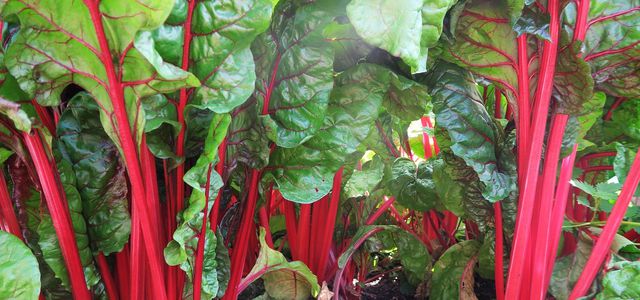
You can easily plant chard yourself – in the garden and on the balcony. Here we show you how to grow and care for this healthy vegetable.
Chard enriches every kitchen and is extremely healthy: It is not only low in calories, but is also full of valuable vitamins and minerals – including sodium, potassium, folic acid, magnesium and iron. The fresher you prepare chard, the more vitamins it contains. You can easily grow the vegetable yourself. The plant is quite robust and needs little care.
Tip: Chard can accumulate nitrates, just like spinach. Therefore, you should always add some vitamin C when you eat the vegetable. Just a few squirts of lemon juice will do the trick.
Contents
Planting chard: The most important background information
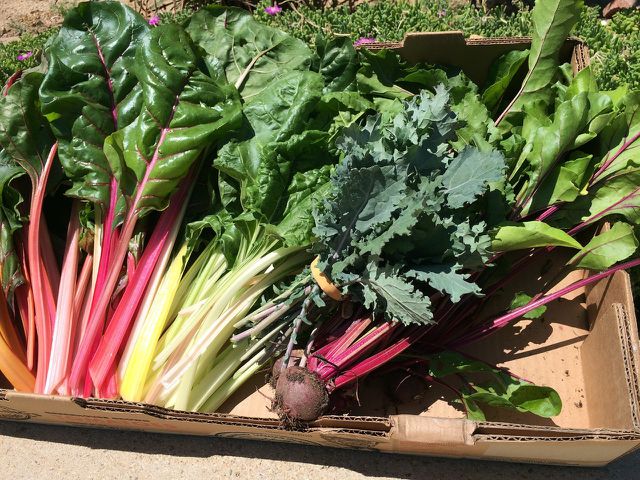
Chard is a biennial crop that you can harvest in its first year. The two most common varieties are cut chard and stem chard:
When you plant cut chard, you can harvest only the leaves.
With stem chard, you can also eat the colorful stems. They taste slightly nutty and are also very decorative.
Chard plants are quite hardy. Diseases and pests rarely affect them. If your plant does get sick, it can recover quickly. The most common disease is powdery mildew. But you can easily avoid it if you follow a few tips.
Growing chard: Soil and neighbors
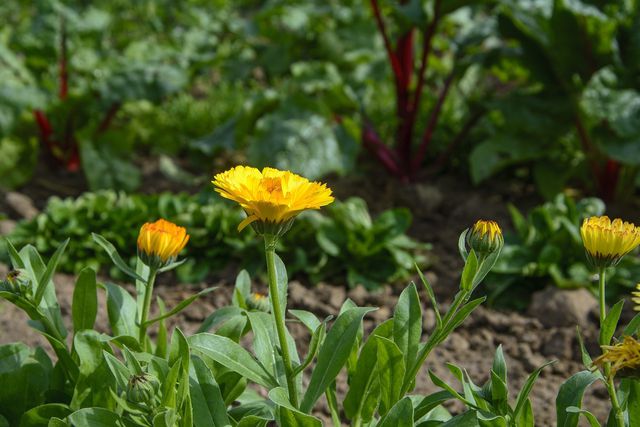
Chard needs a nutrient-rich soil and grows best in the garden. Here you should choose a place where the vegetable has not been grown before. Also, other goosefoot crops like spinach or red berry should not have grown there in the last three to four years. They may have used up the nutrients from the soil.
Swiss chard grows well next to a variety of legumes, such as peas and beans. However, the vegetable does not like tomatoes, cucumbers and spinach as neighbors. They need similar minerals and are therefore nutrient competitors.
It’s important that you leave 30 to 40 centimeters between plants. This prevents mildew and gives the plants enough space to grow vigorously.
Tip: To ensure that your chard gets enough nutrients, you can work some compost or horn shavings into the soil before planting the vegetable.
Alternative: plant chard on the balcony

You can also plant chard in containers on your balcony. For this, you should use a nutrient-rich substrate. For additional nutrients, however, be sure to work some compost or horn shavings into the soil.
The plant is also sensitive to waterlogging. Make sure that the water can drain out of the container so that the roots do not rot.
Instructions: Planting chard yourself – here’s how you do it
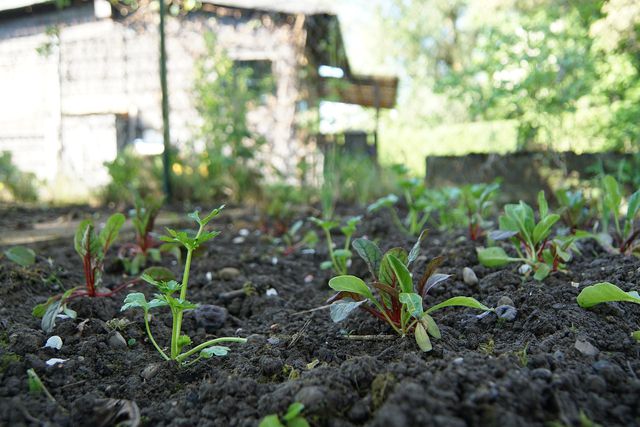
You can either:
- sow it directly
- grow it in advance or
- planting pre-sown plants.
As a rule, the plant grows very well if you sow it yourself. If you plant pre-sown seedlings, the crop will be more uniform. However, no matter whether you sow or plant the pre-cultivated plants, wait until there is no more frost. The ideal time is mid-April to late June.
Since chard likes it warm, you should find it a sunny spot. However, it also tolerates partial shade. To prevent the delicious leaves from being attacked by rain, hail or wind, the location should also be protected from the weather.
Note on seeds and seedlings: We recommend that you buy seeds in organic quality. This way you can be sure that the seeds are not genetically modified and you can promote variety (available e.g. from Bingenheimer Saatgut, Sativa Biosaatgut, Hof Jeebel). It is best to buy young plants from an organic farm in your region.
Care for chard properly
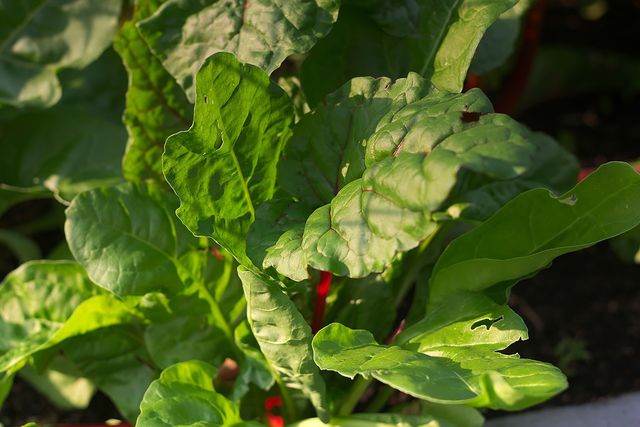
- Chard is a medium grower and does not need much attention. If you fertilize it from time to time with an organic fertilizer, that’s quite enough.
- Water the vegetables regularly so that the soil is always moist – this way the plant can thrive. If you water regularly, you can harvest more leaves that are nice and tender.
- If you discover aphids on your plant, you can simply remove the affected leaves. This is usually enough to combat the aphids.
- In addition, you can loosen the soil around the roots. For example, you can loosen the soil around the roots by hooking them – this way, the chard can grow again vigorously.
Harvest chard
You can harvest your chard as early as two to three months after sowing. If you pluck off only the outer leaves of your plant, it can grow back and you will have new chard all summer long. Of course, you can also harvest the entire plant at once.
Tip: The taste of small leaves is more delicate, while larger leaves taste more tart. Just try out what tastes better to you.









